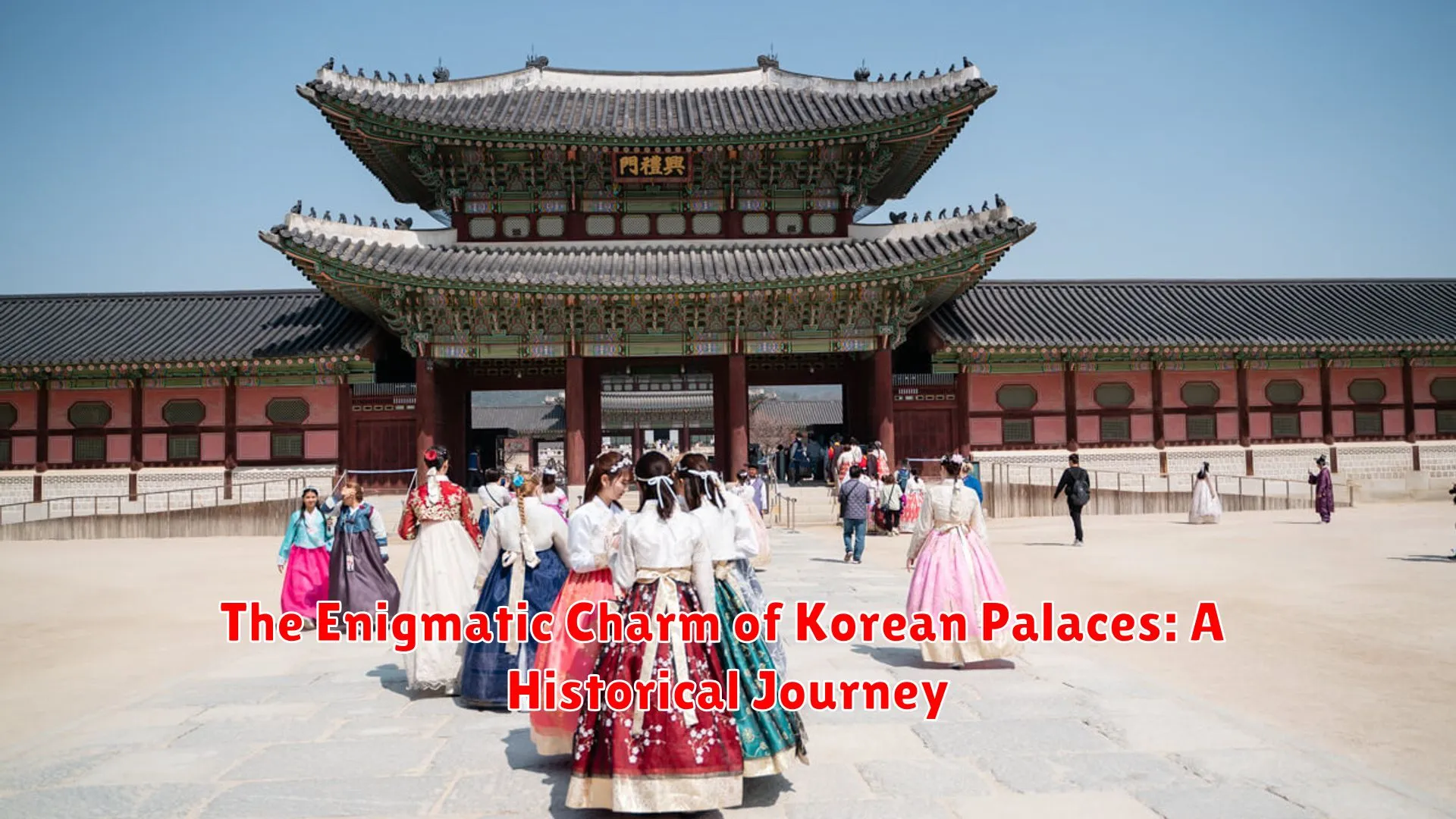Step into a world of grandeur and history as we embark on a mesmerizing journey through the enigmatic charm of Korean palaces. Discover the secrets and beauty of these architectural wonders in our exploration of Korea’s rich heritage.
Gyeongbokgung: The Royal Heart of Seoul
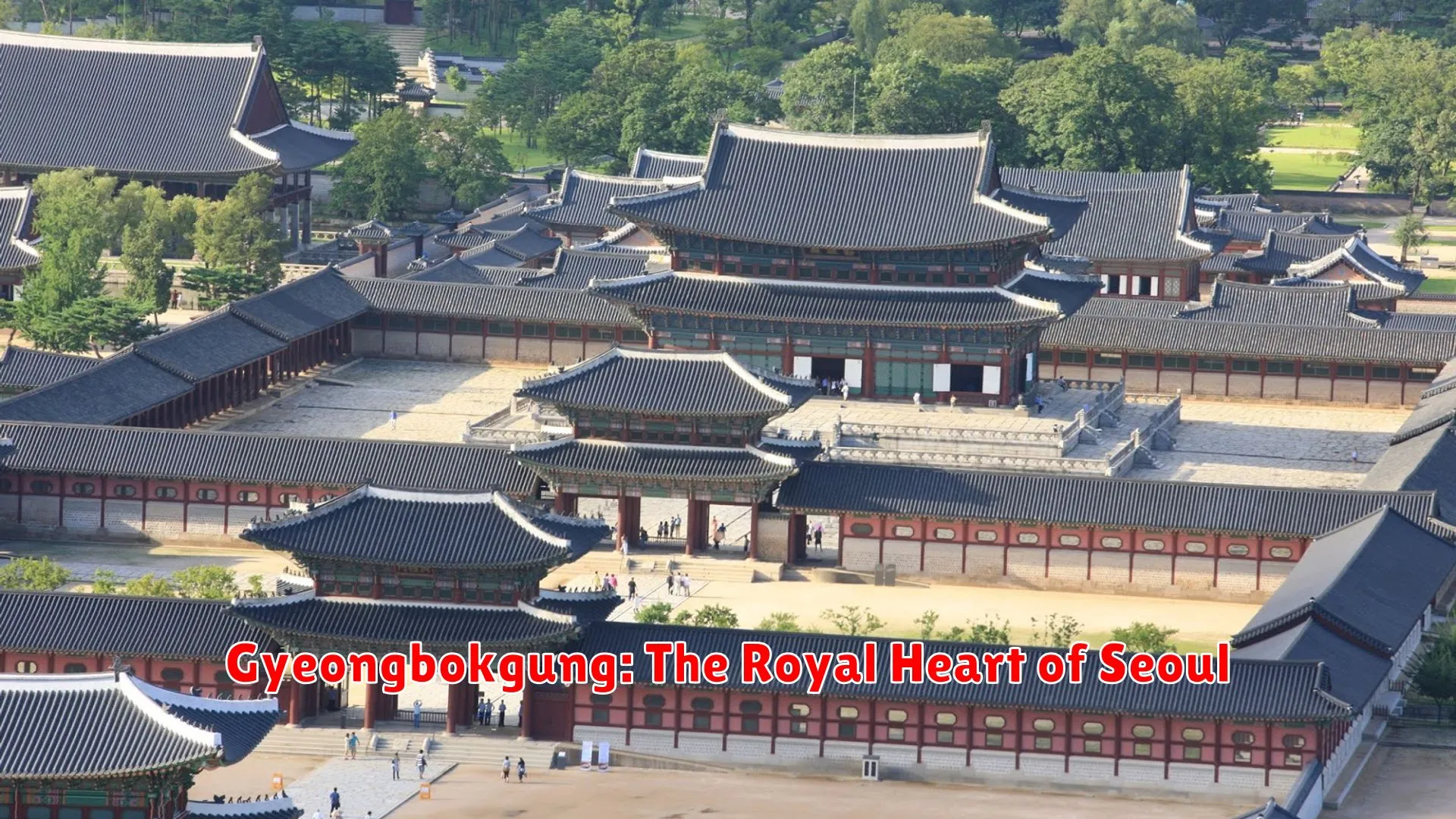
Gyeongbokgung Palace, located in the heart of Seoul, stands as a symbol of Korea’s rich history and cultural heritage. As the largest of the Five Grand Palaces built during the Joseon Dynasty, Gyeongbokgung holds a significant place in the history of Korean royalty and governance.
Constructed in 1395 by King Taejo, the founder of the Joseon Dynasty, Gyeongbokgung served as the main royal palace for over two centuries. Its architectural design, characterized by grand gates, majestic halls, and beautiful pavilions, reflects the traditional Korean palace style known as Daejojeon.
One of the most iconic features of Gyeongbokgung is the Gwanghwamun Gate, the main entrance to the palace. Passing through this gate, visitors are greeted by the sprawling courtyard and the magnificent Geunjeongjeon Hall, where royal ceremonies and events were held.
Exploring Gyeongbokgung offers a glimpse into the royal life of ancient Korea, with well-preserved structures and artifacts that showcase the opulence and grandeur of the Joseon Dynasty. Visitors can witness the Changing of the Guard ceremony, a reenactment of the royal guard changing shifts, adding a touch of authenticity to the experience.
Visiting Gyeongbokgung allows travelers to delve into the intriguing history of Korean royalty, while also enjoying the serene beauty of the palace grounds. It serves as a testament to Korea’s enduring cultural legacy and the architectural brilliance of the Joseon era.
The Secret Gardens of Changdeokgung
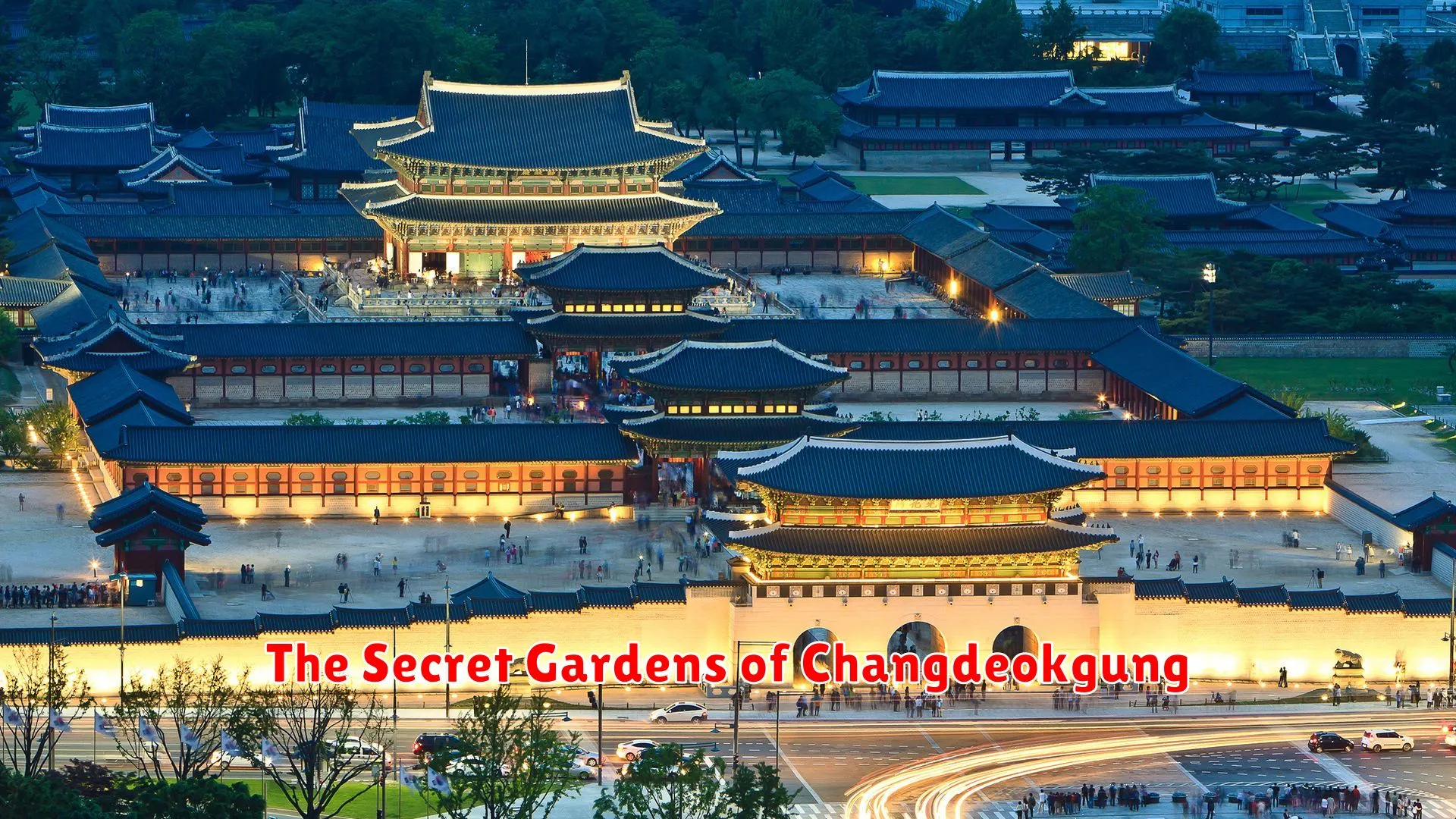
The captivating beauty and historical significance of Korean palaces, including Changdeokgung, are enhanced by the secret gardens nestled within these magnificent structures. Among all the palaces, Changdeokgung Palace stands out for its hidden oasis, harmoniously blending nature with man-made architecture.
Designed during the Joseon Dynasty, the secluded gardens of Changdeokgung were reserved exclusively for the royal family, offering a serene retreat away from the public eye. These private sanctuaries were meticulously crafted to reflect the principles of Korean landscape architecture, emphasizing harmony with nature and balance in design.
Exploring the secret gardens of Changdeokgung Palace allows visitors to immerse themselves in a tranquil environment filled with lush greenery, scenic ponds, and traditional pavilions. Each element within the gardens carries a symbolic meaning, showcasing the deep-rooted cultural traditions and spiritual beliefs of the Korean people.
As one wanders through the labyrinthine paths of the gardens, encountering hidden pagodas, flowing streams, and rare plant species, a sense of wonder and admiration for the intricate craftsmanship and thoughtfully curated landscapes of Changdeokgung emerges.
Visiting the secret gardens of Changdeokgung is not only a journey through the past but also a spiritual and sensory experience that reveals the enigmatic charm of Korean palaces and their profound connection to nature and history.
The Fortress Walls of Hwaseong
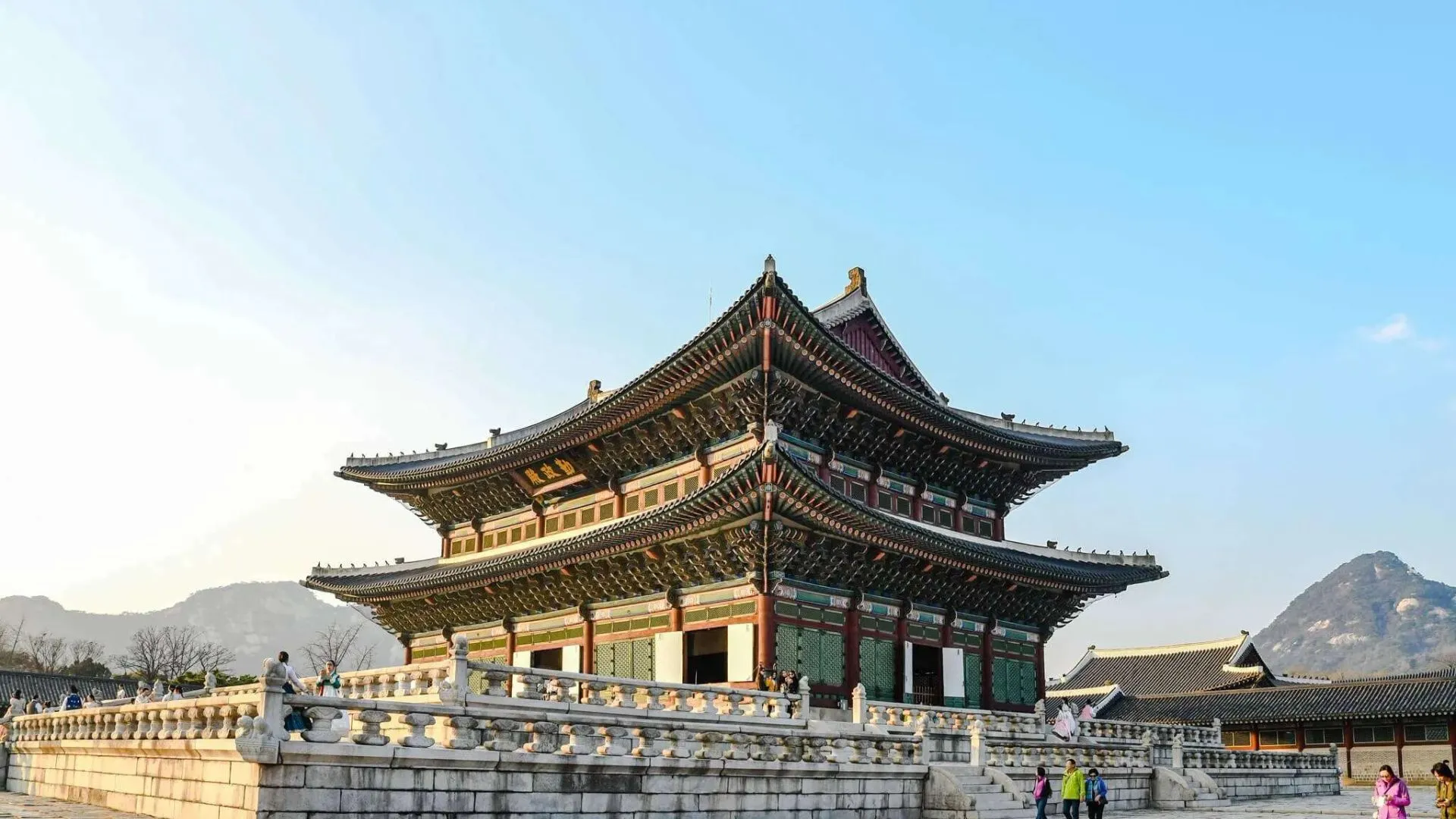
In the midst of the striking beauty of Korean palaces lies the remarkable fortress walls of Hwaseong, a testament to the architectural prowess and strategic brilliance of the Joseon dynasty. Built in the late 18th century by King Jeongjo of Joseon, these fortifications were designed not just for defense, but also to showcase the grandeur and power of the dynasty.
The fortress walls of Hwaseong span approximately 5.74 kilometers and are adorned with unique features such as watchtowers, arrow bastions, and gateways that reflect the military sophistication of the time. Walking along these walls, visitors can immerse themselves in the history of Korea and envision the challenges and triumphs of the past.
Each section of the fortress walls has its own story to tell, from the Suwon Hwaseong Haenggung Palace within its walls to the breathtaking views of the surrounding landscape. The blend of architectural ingenuity and natural beauty creates an enigmatic charm that continues to captivate visitors from around the world.
Uncovering the Stories of Joseon Dynasty
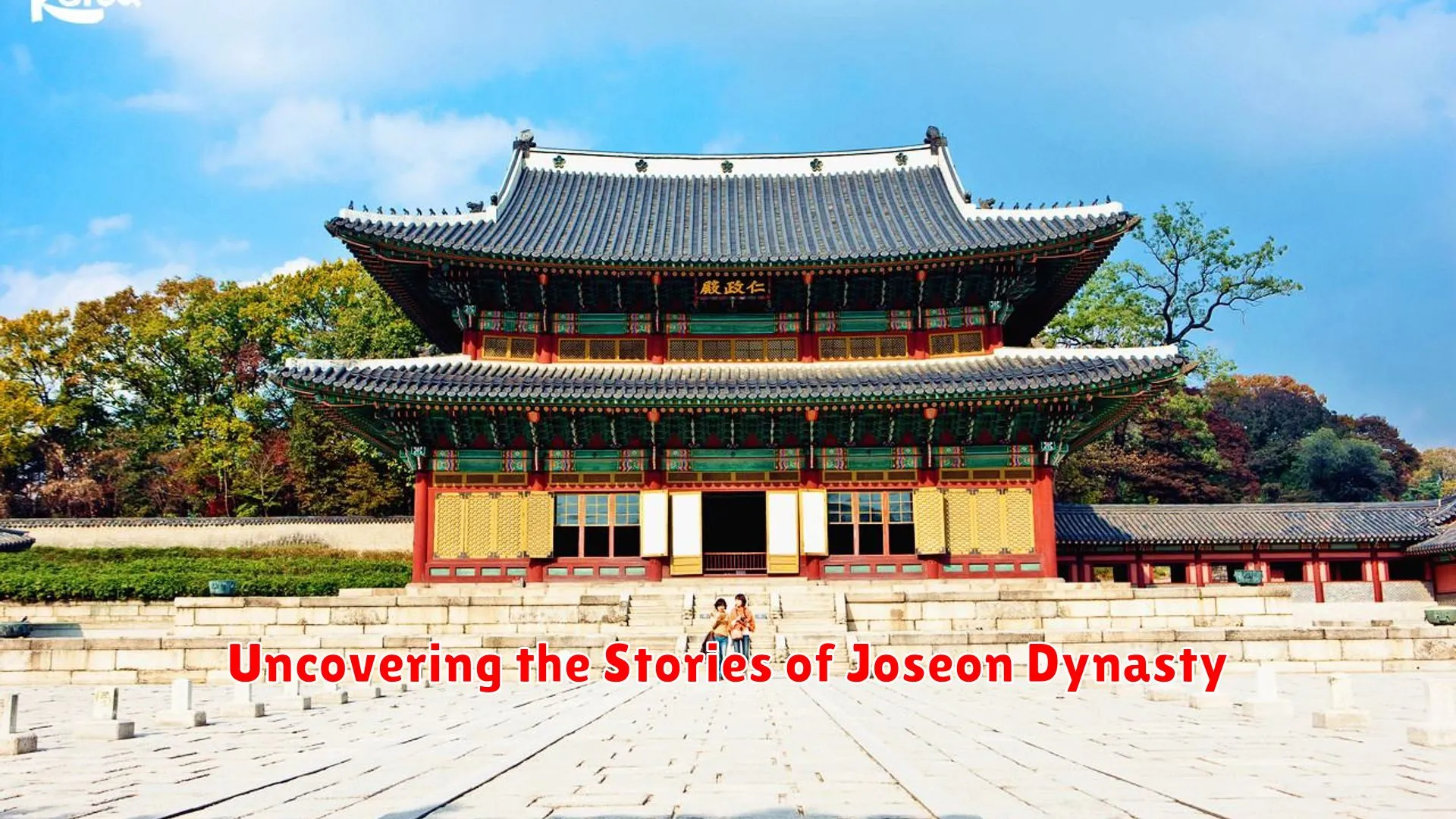
The Joseon Dynasty, which reigned over Korea for more than five centuries, left behind a rich tapestry of history and culture that continues to fascinate people worldwide. Exploring the palaces built during this era provides a unique glimpse into the lives of the royal family and the intricate workings of the court.
One of the most famous palaces from the Joseon Dynasty is Gyeongbokgung Palace, also known as the “Palace Greatly Blessed by Heaven.” Constructed in 1395, this expansive complex served as the main royal residence and governmental center. Walking through its grand gates and majestic halls, visitors can feel the grandeur and power that once emanated from this historic site.
Another significant palace is Changdeokgung Palace, renowned for its harmonious blend of architecture and nature. Designated as a UNESCO World Heritage site, this palace features beautiful gardens, pavilions, and secret pathways that reflect the aesthetic principles of Korean traditional architecture.
Each palace in the Joseon Dynasty has its own unique stories to tell, from royal ceremonies and political intrigues to tales of love and betrayal. By delving into the history of these architectural wonders, we can uncover the layers of a bygone era and gain a deeper appreciation for the enduring charm of Korean palaces.
Tips for Exploring Korea’s Royal Heritage
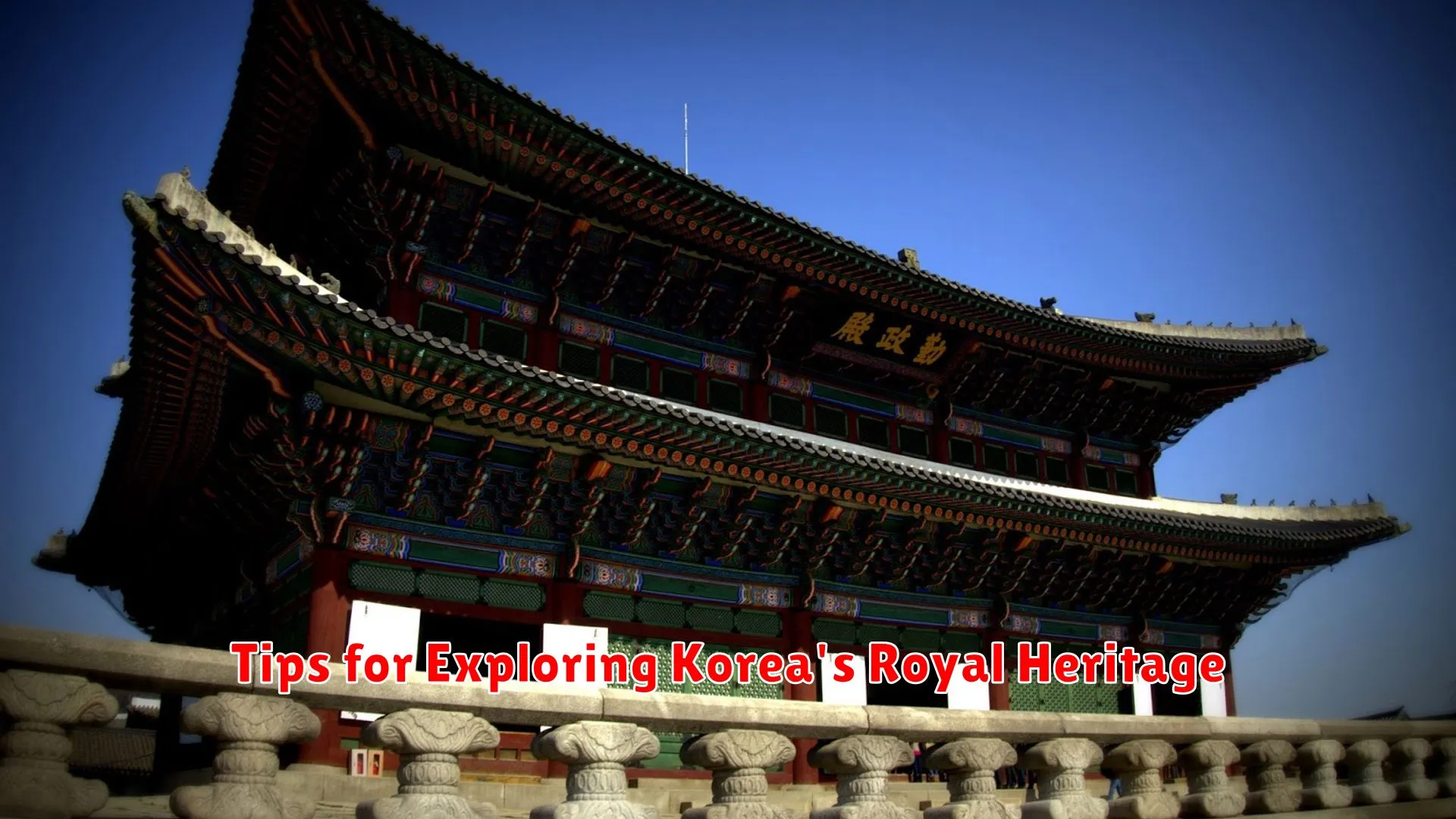
When embarking on a historical journey to explore Korean palaces and royal heritage, it is essential to make the most of your experience by following these tips:
- Research Before You Go: Before visiting any palace, take the time to learn about its history, significance, and interesting facts. This background knowledge will enhance your appreciation of the site.
- Attend Guided Tours: Guided tours provided by knowledgeable experts can offer valuable insights into the architecture, traditions, and stories behind each palace. This can provide a deeper understanding of Korea’s royal past.
- Respect the Cultural Etiquette: While exploring the palaces, be mindful of cultural norms such as removing your shoes before entering certain areas or bowing as a sign of respect. This shows reverence for the heritage and traditions of Korea.
- Visit at Different Times: Experience the palaces at various times of the day to witness different atmospheres and lighting that can provide unique perspectives for photography and appreciation of the architectural details.
- Engage in Hands-On Activities: Some palaces offer cultural programs or workshops where visitors can participate in traditional activities like tea ceremonies or wearing Hanbok (traditional Korean clothing) to immerse themselves in the royal lifestyle.
Conclusion
Exploring Korean palaces reveals a captivating narrative of tradition, culture, and history. Their enigmatic charm offers a glimpse into the rich heritage of Korea, inviting visitors on a remarkable historical journey.

